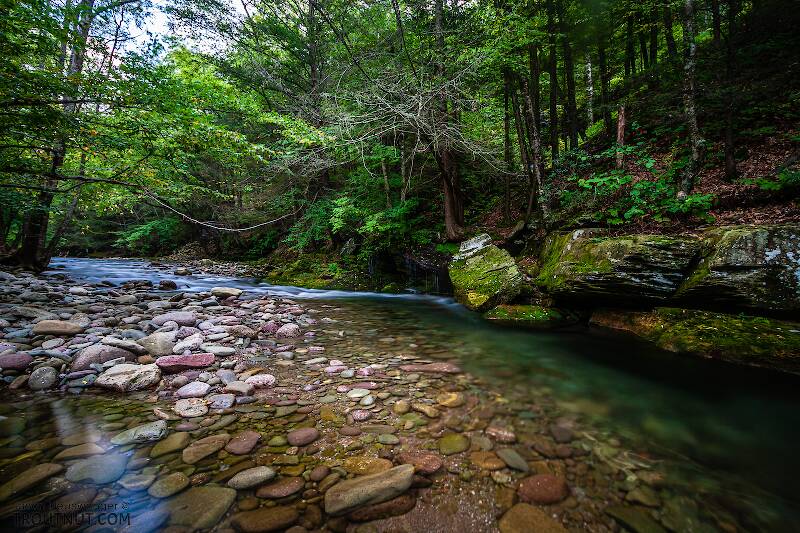
Salmonflies
Pteronarcys californica
The giant Salmonflies of the Western mountains are legendary for their proclivity to elicit consistent dry-fly action and ferocious strikes.
Featured on the forum

Troutnut is a project started in 2003 by salmonid ecologist Jason "Troutnut" Neuswanger to help anglers and
fly tyers unabashedly embrace the entomological side of the sport. Learn more about Troutnut or
support the project for an enhanced experience here.
Calineuria californica (Golden Stone) Stonefly Nymph Pictures
This striking golden stonefly is the first of its species I've had the chance to photograph.
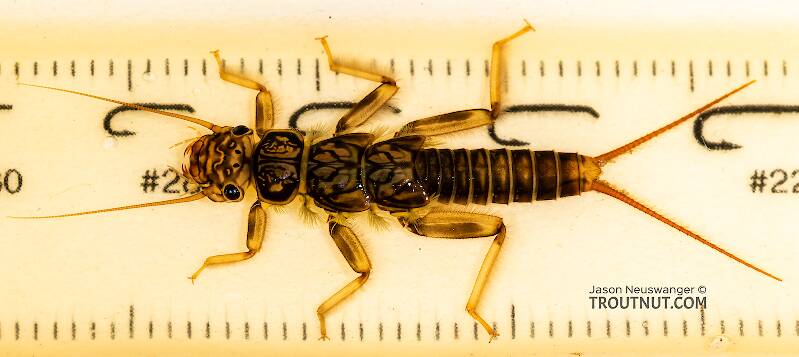
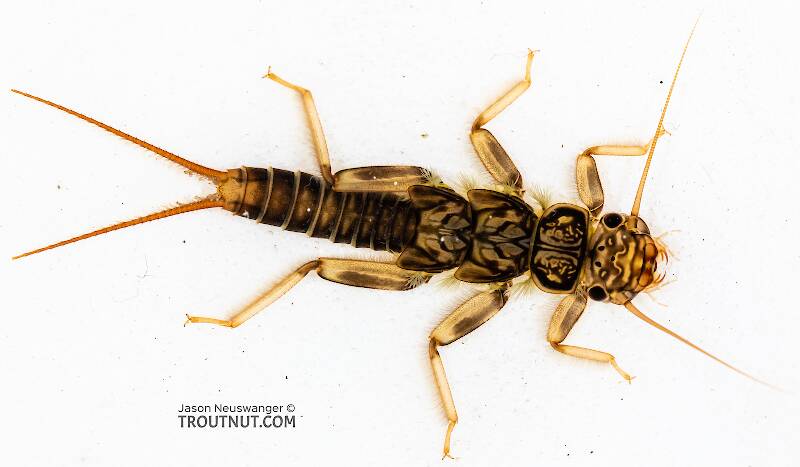
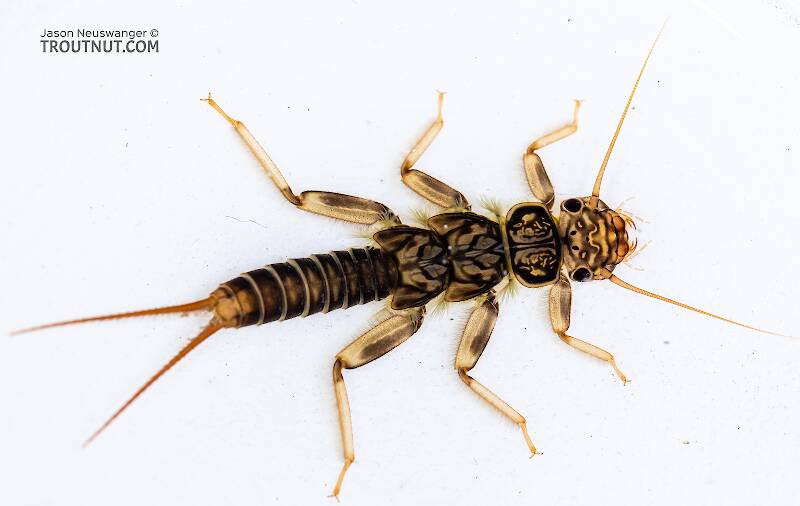
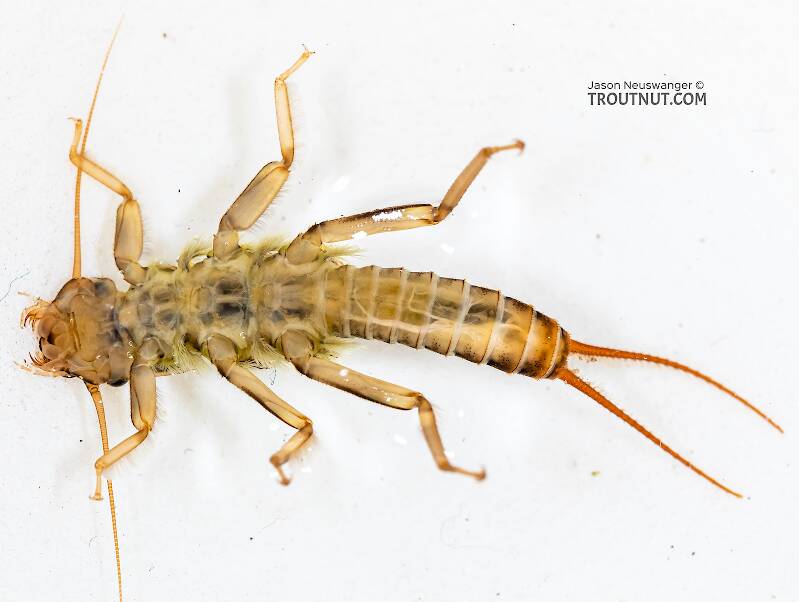
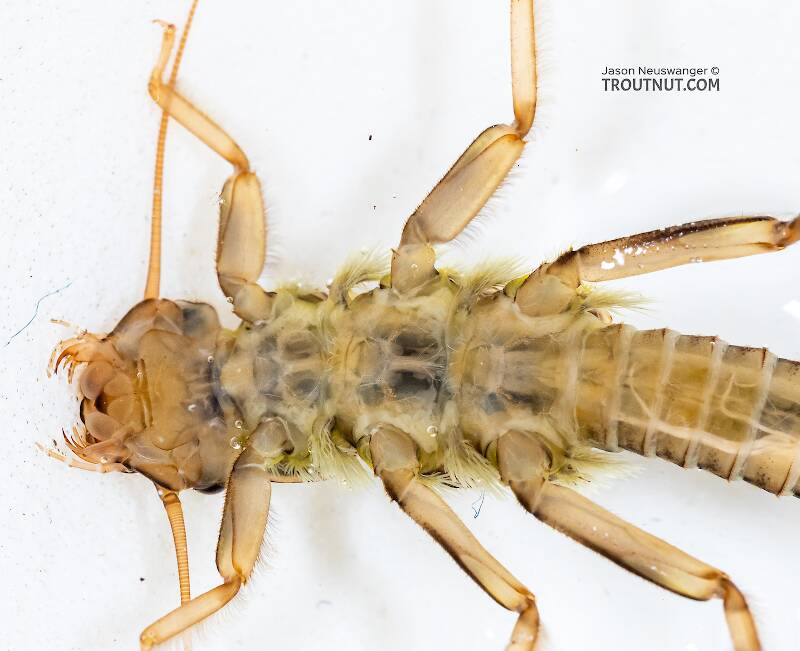
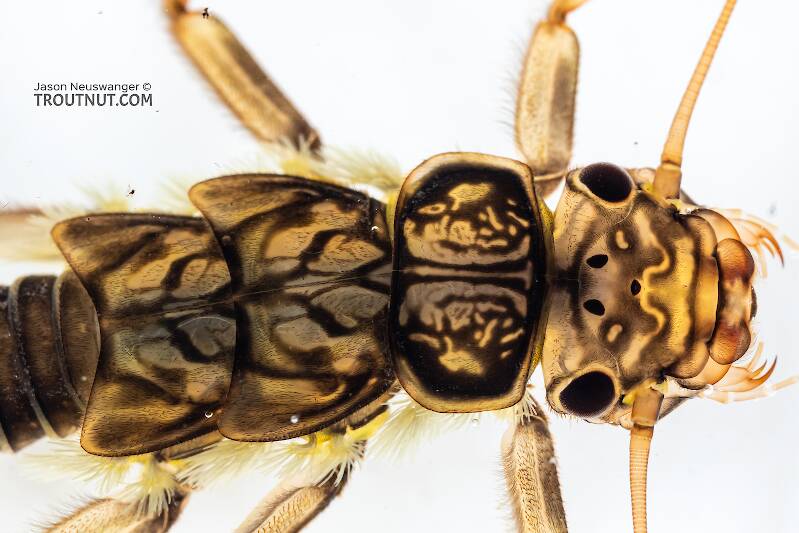
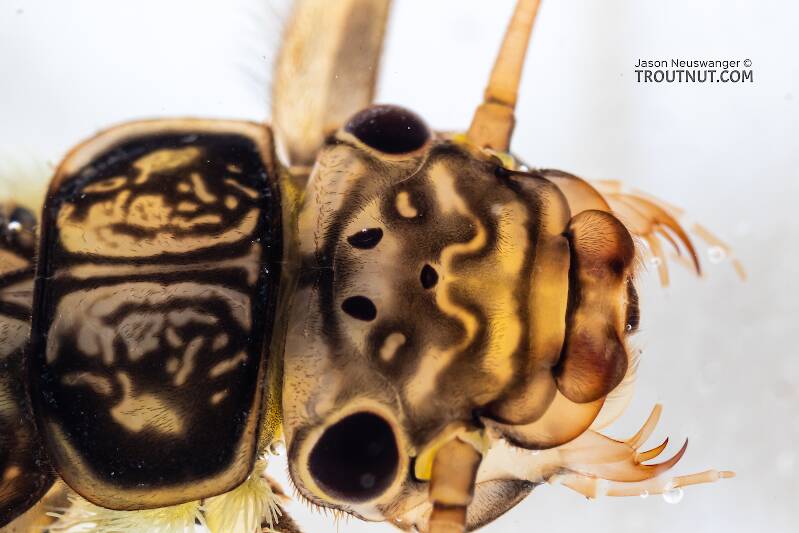
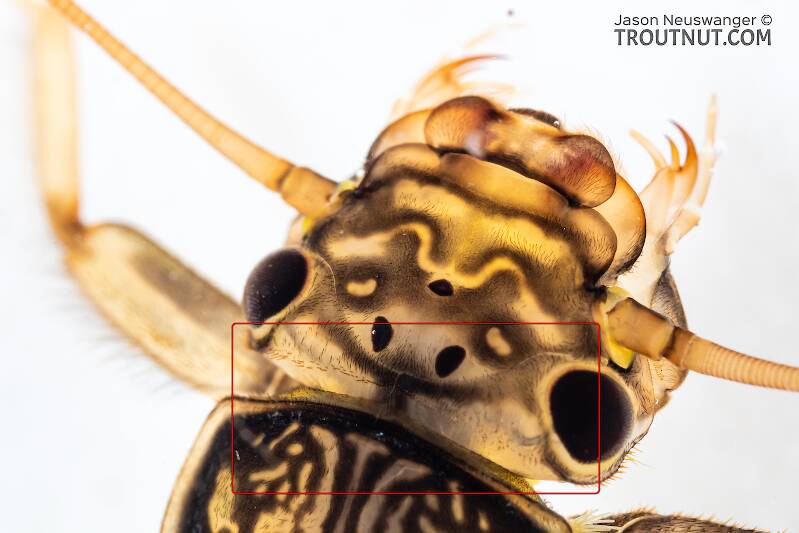
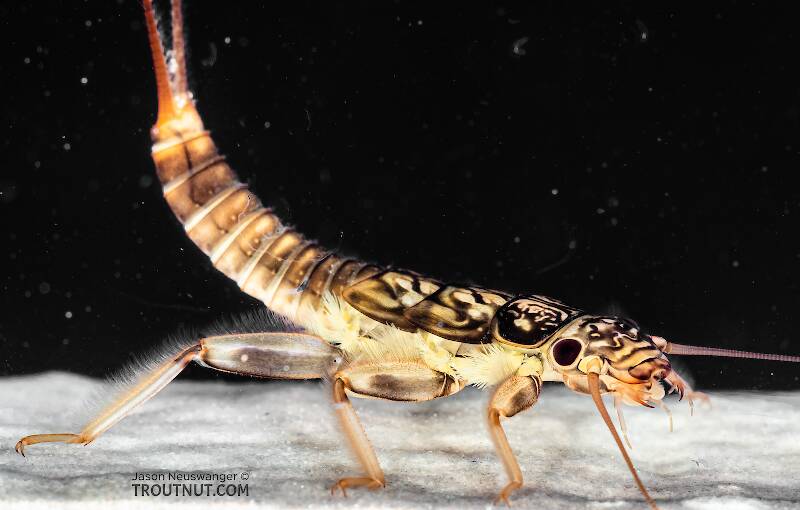
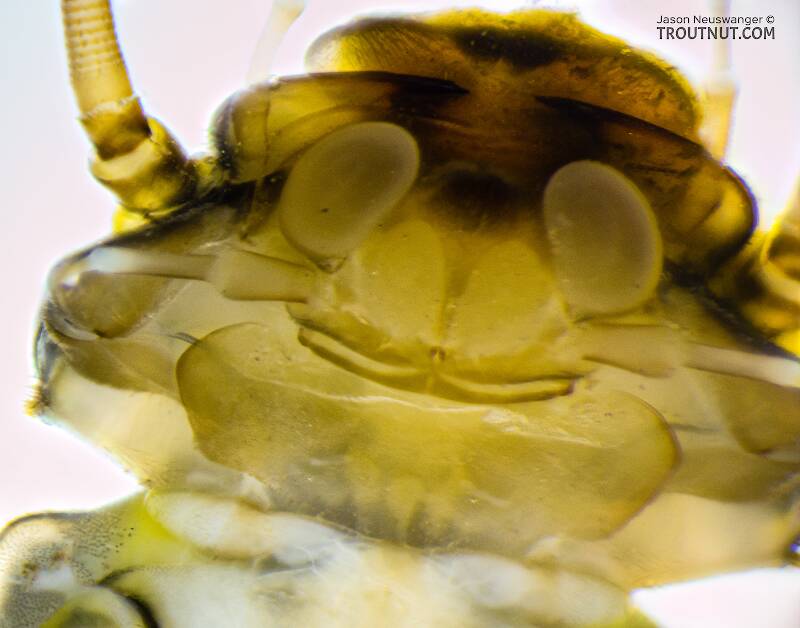
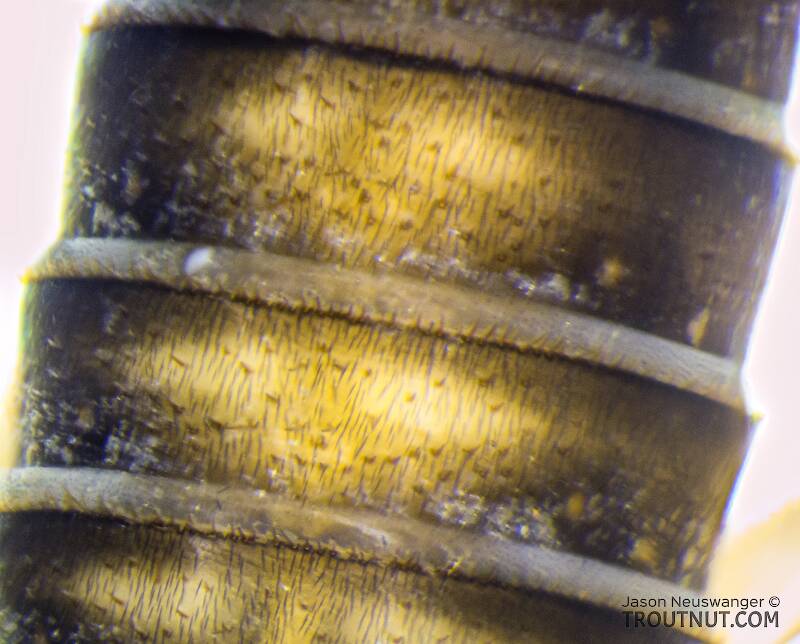
This stonefly was collected from Holder Creek in Washington on April 12th, 2021 and added to Troutnut.com by Troutnut on April 13th, 2021.
Start a Discussion of Nymph
Calineuria californica (Golden Stone) Stonefly Nymph Pictures
Collection details
Location: Holder Creek, Washington
Date: April 12th, 2021
Added to site: April 13th, 2021
Author: Troutnut
Date: April 12th, 2021
Added to site: April 13th, 2021
Author: Troutnut

